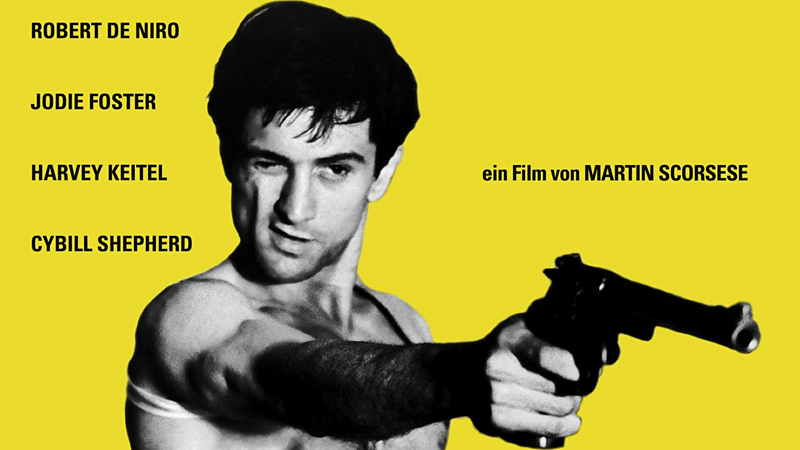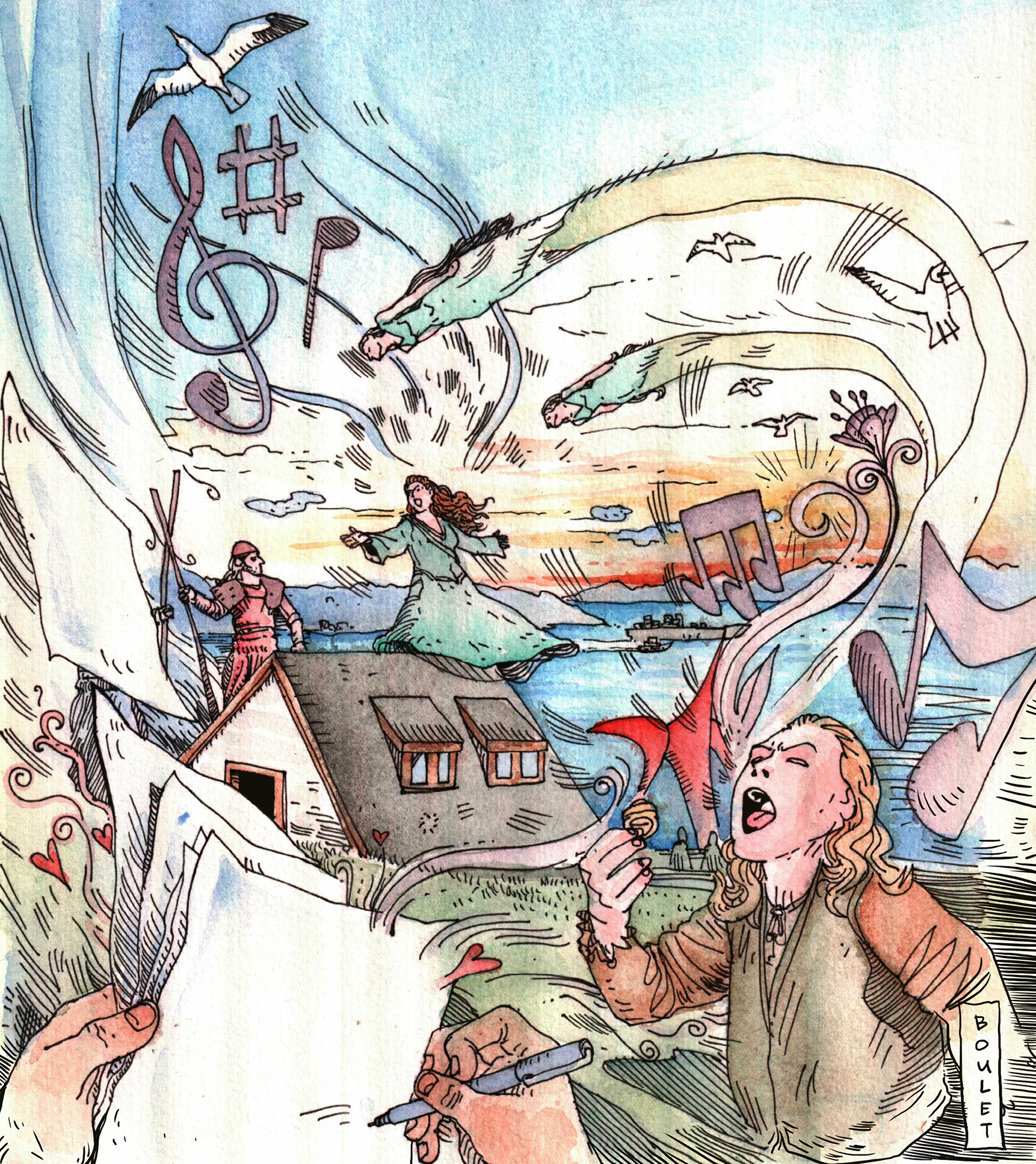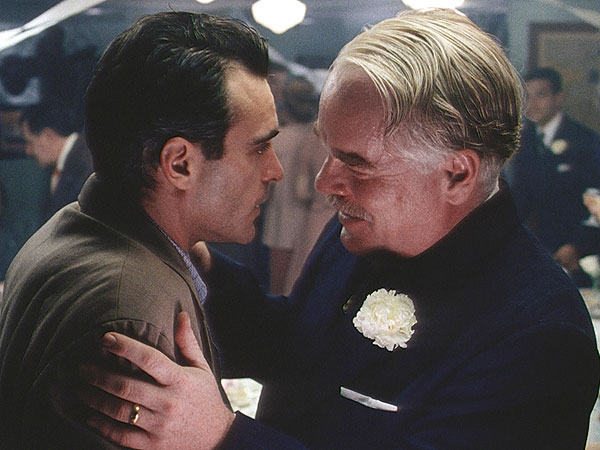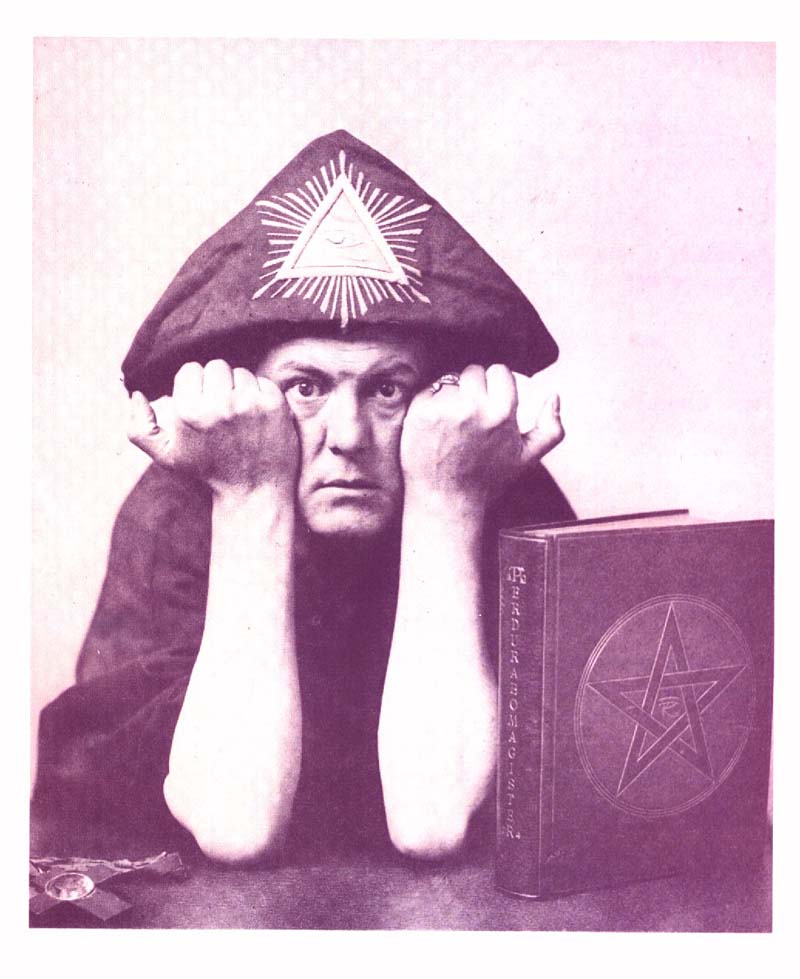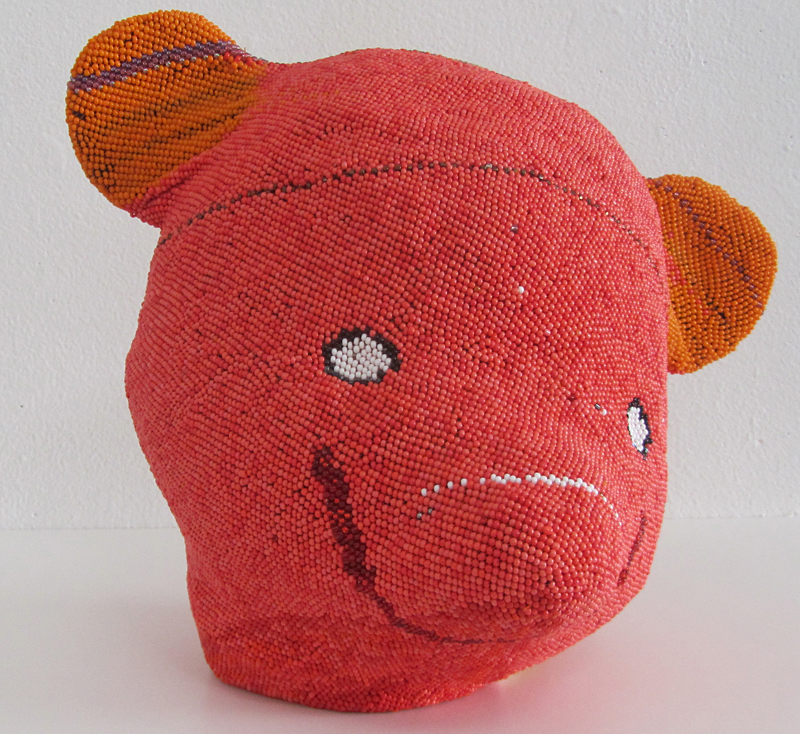WEDNESDAY 8/3
Film: Ghost Story
Alfred Hitchcock‘s first American film, an adaptation of Daphne du Maurier’s novel Rebecca, was a de facto collaboration with strong-willed producer David O. Selznick. The results are great, though Hitchcock spent the rest of his career seeking to avoid such partnerships. In the 1940 drama, Laurence Olivier plays the moody English aristocrat who falls for humble Joan Fontaine while vacationing in Monte Carlo. Their romance seems charmed—until they go home to his estate on the cliffs of Cornwall. Manderley! There, the story turns full-blown Gothic, with Judith Anderson as the creepy housekeeper obsessed with Olivier’s first wife and George Sanders as the supreme cad next door. In essence, Hitchcock creates a ghost story without a ghost, and so expert is his orchestration of suspense that you half expect dead Rebecca to reach out and grab poor Fontaine at any moment. She’s not a woman, nor is this a film, easily forgotten. (The film begins the Wednesday-night Metro Classics series, through Sept. 28.) Metro, 4500 Ninth Ave. N.E., 781-5755, landmarktheatres.com. $8–$10.50. 6:45 and 9 p.m. BRIAN MILLER
THURSDAY 8/4
First Thursday: Endless Winter
Though today based in New York, Seattle-raised Bing Wright—son of the late Bagley—clearly remembers our gray, rainy weather. For his first solo show here in four years (a 20-year-survey), the photographer is including his Grayscape series of wintry Seattle skies, where color and foliage are absent and telephone wires slice through featureless gloom. Bare branches grasp upward, but Wright crops these panoramas far from the roots or recognizable city landmarks. It could be any sky, over any neighborhood, giving these large photos an omnipresent quality—like some melancholy canopy that stretches on forever. The same impression comes from the more recent Grey Winter Day, printed on a scroll roughly 11 inches tall by 16 feet long. Was the image taken from a rotating camera, cropped severely, or (unlikely) Photoshopped together? You stare down at it—laid out in a box, not wall-mounted—and begin studying the image for bearings or contours. Is this Wallingford, Ballard, where? The bleakness never ends, but only curls up at its extremities, suggesting an endless winter. (Through Aug. 13.) James Harris Gallery, 312 Second Ave. S., 903-6220, jamesharrisgallery.com. Free. 11 a.m.–8 p.m. BRIAN MILLER
FRIDAY 8/5
Film: Behind the Wheel
Celebrating its 35th anniversary with a newly restored print, Martin Scorsese‘s Taxi Driver was a powerfully summarizing work. It synthesized noir, neorealist, and New Wave stylistics; it assimilated Hollywood’s recent vigilante cycle, drafting then-déclassé blaxploitation in the service of a presumed tell-it-like-it-is naturalism that, predicated on a frank, unrelenting representation of racism, violence, and misogyny, was even more racist, violent, and misogynist than it allowed. Embodied for all eternity by the young Robert De Niro, Travis Bickle all but instantly became a classic character in the American narrative alongside Huck Finn and Holden Caulfield. His cab driver lives by night in a world of myth, populated by a host of supporting archetypes: the astonishing Jodie Foster as Iris, the 12-year-old hooker living the life in the rat’s-ass end of the ’60s, yet dreaming of a commune in Vermont; Harvey Keitel as her affably nauseating pimp; and Cybill Shepherd‘s bratty golden girl, a suitably petit-bourgeois Daisy Buchanan to Travis’ lumpen Gatsby. (Through Thurs.) Northwest Film Forum, 1515 12th Ave., 267-5380, nwfilmforum.org. $6–$9. 7 and 9:15 p.m. J. HOBERMAN
SATURDAY 8/6
Stage: Second Helping
In its second edition, Adventures in Mating (Seattle) joyfully explores the comedy of unpleasant people being unpleasant to one another. And there’s a choose-your-own-adventure twist: By way of applause, the audience decides just how miserable and awkward the evening will be for an ill-fated couple on a blind date. Miranda (Teri Lazzara), a type-A perfectionist with an obscene number of cats, and Jeffrey (Alexander Samuels), a Star Wars nerd with a missing testicle, meet for dinner at Café Surprise, a romantic restaurant frequented by no one else. The lack of patrons can be explained by the abrasively offensive waiter (Brandon Ryan), who doubles as the evening’s host. To the audience, he poses important, date- determining questions: for instance, red wine (which she hates), white wine (which he hates), or rosé (which they both hate)? Directed by Peggy Gannon, written by Joseph Scrimshaw, Adventures is full of brilliant one-liners, always punchy and occasionally poignant. For us, at least, the evening is delightful. (Through Aug. 20.) Theater Schmeater, 1500 Summit Ave., 800-838-3006. schmeater.org. $15–$22. 8 p.m. BRENT ARONOWITZ
Comedy: Unflappable
In an earlier age, before his ubiquity on Comedy Central, Brian Posehn might’ve been a comic character actor on some Hollywood studio back lot of the 1930s—playing a dimwit Robin Hood peasant one week, a dolorous pirate sidekick the next, then perhaps a dusty yokel in a John Ford Western. (“Which way did they go?” the sheriff asks, but Posehn—probably called Clem or Rufus in the movie—just stands there silent and agape, one hand scratching beneath his overalls . . . ) He’s a go-to hangdog, with a face that seems to drawl even when he’s not speaking. He makes his co-stars, from Sarah Silverman on down, look flighty and nervous around him—he’s an anchor, their ballast. It’s as if his stoner deadpan is constructed from the far end of the periodic table; his gravity is absurd, yet dense. And Posehn knows how to mock his own slacker stature, saying “I look like a bunch of farts put on a man costume.” But he’s being unkind. At 6’6″, he’s more like a tower of THC torpor. Neptune, 1303 N.E. 45th St., 877-784-4849, stgpresents.org. $15. 8 p.m. T. BONILLA
SUNDAY 8/7
Museums: Silver to Silicon
Selected from the Henry’s deep photography holdings, The Digital Eye considers how the medium has changed in the era of Photoshop and DSLRs. Over 100 images, by artists from Asahel Curtis to Chris Jordan, chart the 21st-century shift from a single, intact image, created from chemicals and light, to multiples and pixels we manipulate on the computer screen. Whether in Joan Fontcuberta‘s collage of Lynndie England (composed of tiny tabloid images) or Roy McMakin‘s checkerboard scrambling of a still-life begonia, the image gradually loses its integrity. There’s no whole, only parts—rearranged into new grids, arrays, and impossible all-at-once views. The old click of the shutter is no longer decisive; we’re now seeing whole series of exposures, many aspects in a single glance. Yet in a paradoxical way, an old galloping-horse study by Eadweard Muybridge produces something of the same effect: time stopped, over and over, and the only unity is that of our perception. Wander outside the exhibit, where a a small display of Andy Warhol‘s Polaroids is running concurrently, and the tiny, single-process squares today seem like they’re a century old. (Through Oct. 2.) Henry Art Gallery, 4100 15th Ave. N.E. (UW campus), 543-2280, henryart.org. $6–$10. 11 a.m.–4 p.m. BRIAN MILLER
